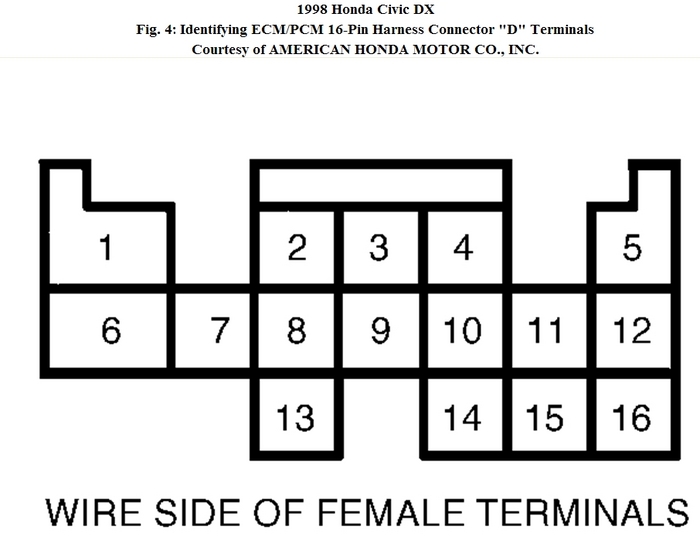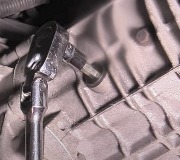Later I discovered that after some trips of about 75 miles or longer the transmission wouldn't flare anymore no matter how I drove it until after I shut the car off and turned it back on then it returned to flaring again.
I recently changed the transmission fluid and checked all the transmission solenoids for resistances within Honda specs and all activate when energized manually.
The car within the last week had gotten warm while driving so after letting it cool down I replaced the thermostat and bled the system of air.
Now the car's temperature guage fluctuates from normal to hot opperating conditions occaisionally and when it is fluctuating the shifting flare is non existent and when the temperature guage remains at normal position the shifting flare occurs between 2nd and 3rd. Also the left blinker started acting up (first it blinked like a bulb was burnt, then it worked fine, then blinked very slowly and is back to working properly) at the same time that the coolant temperature did. The check engine light is also not on.
The cooling fan works properly and when shorted so fan operates manually it will not cool the coolant temp as indicated by the temperature guage on the cluster.
I took the car to a transmission shop and after investigating it they guessed that one of the "pressure switches" were bad (assuming they were referring to the solenoids). I didn't have them do any further work to the vehicle after that.
SPONSORED LINKS
Monday, June 6th, 2011 AT 6:22 PM




